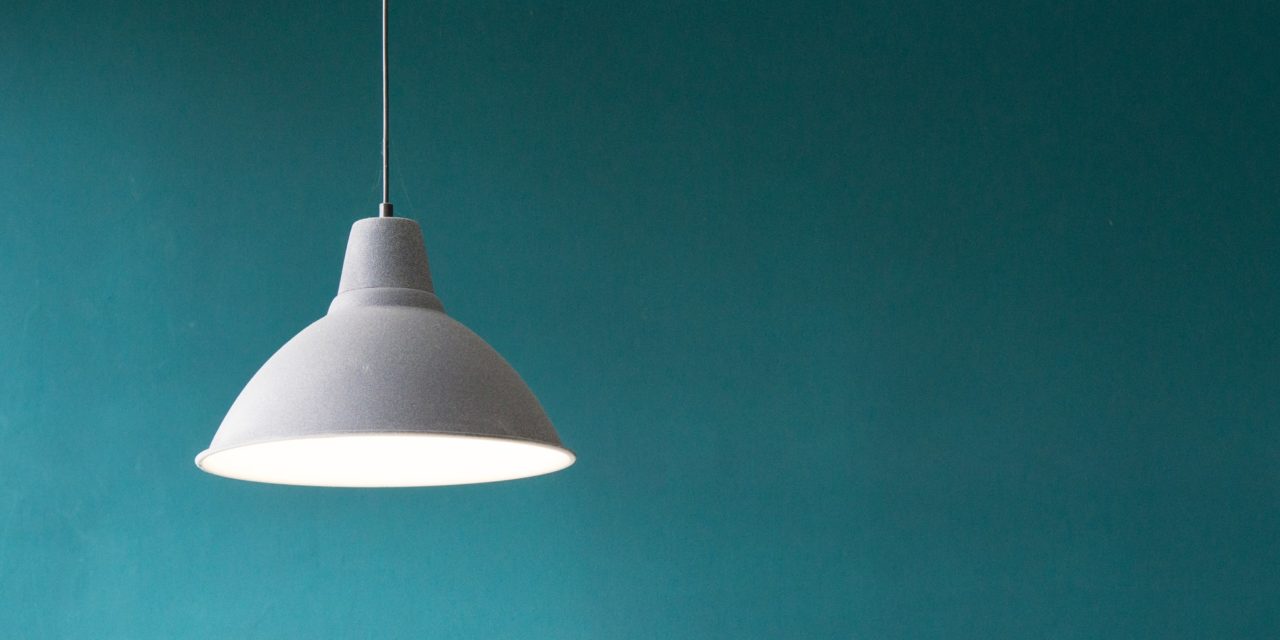[ad_1]
You will need a device to limit the amount of current reaching to your LED to protect it from overheating. These devices can be a driver or a resistor. If you do not regulate the current, LED can draw up much current than it is designed for. This can even lead to failure of your LED light.
In this article, we will discuss some tips and tricks that will help you choose your next LED Power Supply.
Wattage
First thing first, find out how many watts your light will be consuming. If you need more than one LED you can sum up the watts of individual LEDs.
Now add more 20% to the total number of watts you calculated. This is to make sure that your LED does not get overheated easily. This can be done very easily. Just multiply your total calculated watts with 1.2. Now you can find a power supply as per the final calculated watt.
Let us take an example, you have 4 LED strips that consume 12 watts each. So, you have 12*4=48. So your total watt is 48 watts. Now add 1.2*48=57.6. So you are going to find a power of approximately 60 watts.
Voltage/Current
Before you build an LED fixture, you must find out whether or not the output voltage is compatible with the voltage of the LED. Using LED products that can regulate the current itself is very useful. In our example above, we would need a 12V power.
Another thing to consider is to make sure that the power supply, you are choosing can effectively handle the input power at your home. Line voltage can change depending on where you are living. It is important to know if you are living in an area of low-line power (90-120V) or high-line power (200-240V).
Dimmable LED
If you are using dimmable LEDs whose brightness can be adjusted make sure the power you choose should also have adjusting characteristic. You should go through the specifications and find out if your power supply is dimmable or not.
PWM Dimming: The characteristic of this dimming modulation is that they can be used in any power supply. Moreover, the supplies that do not mention “dimmable” can also be dimmed using these.
TRIAC Dimming: In this case, you would need standard dimmers to regulate the power.
Temperature and Weather
One important thing to consider while choosing your power supply is the location and environment it would be used in. They perform best when they are used within the specified temperature range as per their specifications. The environment and weather are also responsible for the effective performance.
The power supplies are also provided with an IP rating or ingress-protection rating. This rating specifies the size of solid and the pressure of liquid that it can withstand.
If you adhere to these four tips, I am sure you will buy the best-LED power supply for yourself.
[ad_2]
Source by Arthur Huang


